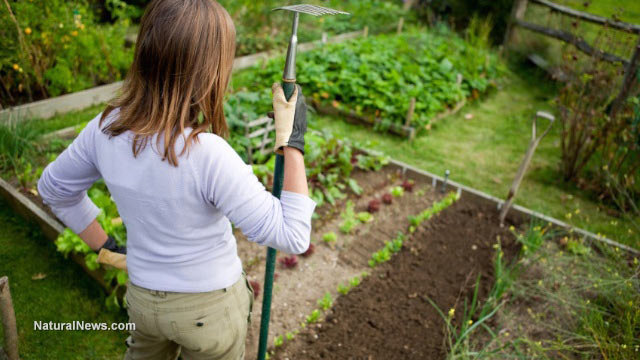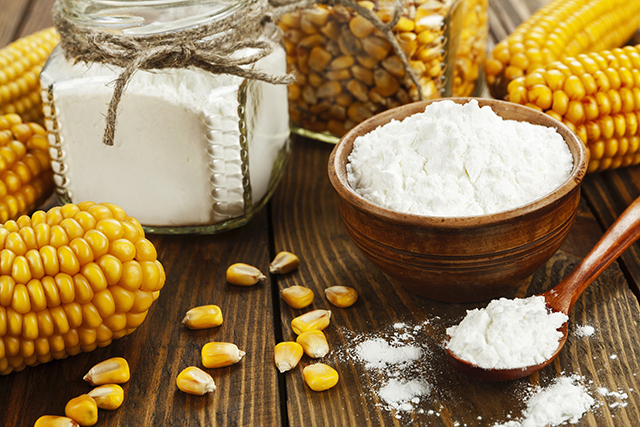DIY $2 self-watering garden bed – Grow produce easily, even in the toughest drought conditions
10/27/2015 / By homesteadingnews

“When life gives you lemons, share them with neighbors!” enthuses the Food is Free Project, a grassroots organization based out of Austin, Texas. The project isn’t advocating sharing bad luck; instead, it’s championing the idea of connecting neighbors and communities with a bounty of free, homegrown fresh produce.
It all began as a single, front yard organic vegetable garden with a sign explaining that the food was free for the taking. The sign also included contact information for those who wanted to learn more about growing food in a simple manner. The magic of the project is rooted in an economical, self-watering raised bed that “introduces people to a very easy method of growing organic food with very little work,” states the organization. Launched in January 2012, within three months, a majority of the surrounding neighborhood was on-board with their own front yard community gardens. But it didn’t stop there. The idea has spread around town and across the nation.
Build your own self-watering garden
The founders of the project realized that most people don’t grow their own food because of financial considerations, as well as the time it takes to maintain the plot. Through an ingenious and easy-to-build design — which uses recycled materials — participants can have a flourishing garden up and running in very little time. The best part, however, is that the bed only needs to be watered once every 2-4 weeks. This not only reduces time spent on upkeep but also drastically lowers the amount of water used. Another advantage is that there is no need to invest in building materials or an expensive drip system. The bed utilizes recycled wood pallets, scrap PVC pipes and wood, tumbled glass from the landfill, donated soil, burlap, political signs and (for the cost of around $2.00) a plastic tarp. The bed takes about 30 minutes to build — or less, once you get the hang of it.
A zany video demonstrating how to build the raised bed, along with a wealth of other gardening resources, can be found at the Food is Free Project website. Examples of additional drought-resistant techniques include wicking 5-gallon bucket planters, watering with buried clay pots, Hugelkultur beds and a documentary about growing with mulch.
Make the existing model obsolete
As wisely observed by Buckminster Fuller, “You never change things by fighting the existing reality. To change something, build a new model that makes the existing model obsolete.” In the face of devastating droughts spreading throughout California and the Southwest, something has to give in the way that we approach agriculture. No longer do we have the luxury of a “business as usual” orientation with wasteful watering practices. By embracing drought-tolerant, small-scale and local growing methods, each one of us can ease the burden on water resources, cut down on pollution, relieve hunger with nourishing food, connect with our neighbors and save money to boot. It’s a win-win situation all the way around.
Sources for this article include:
http://www.healthy-holistic-living.com
http://science.naturalnews.com
About the author:
Carolanne believes if we want to see change in the world, we need to be the change. As a nutritionist, wellness coach and natural foods chef, she has encouraged others to embrace a healthy lifestyle of green living for over 13 years. Through her website www.Thrive-Living.net she looks forward to connecting with other like-minded people who share a similar vision.
Follow on Facebook: www.facebook.com/pages/Thrive-Living/4995788…
For Pinterest fans: www.pinterest.com/thriveliving/
Find at Google+: www.goo.gl/cEZiyR
Diaspora*: [email protected]
and Twitter: www.twitter.com/Thrive_Living
Tagged Under:



















